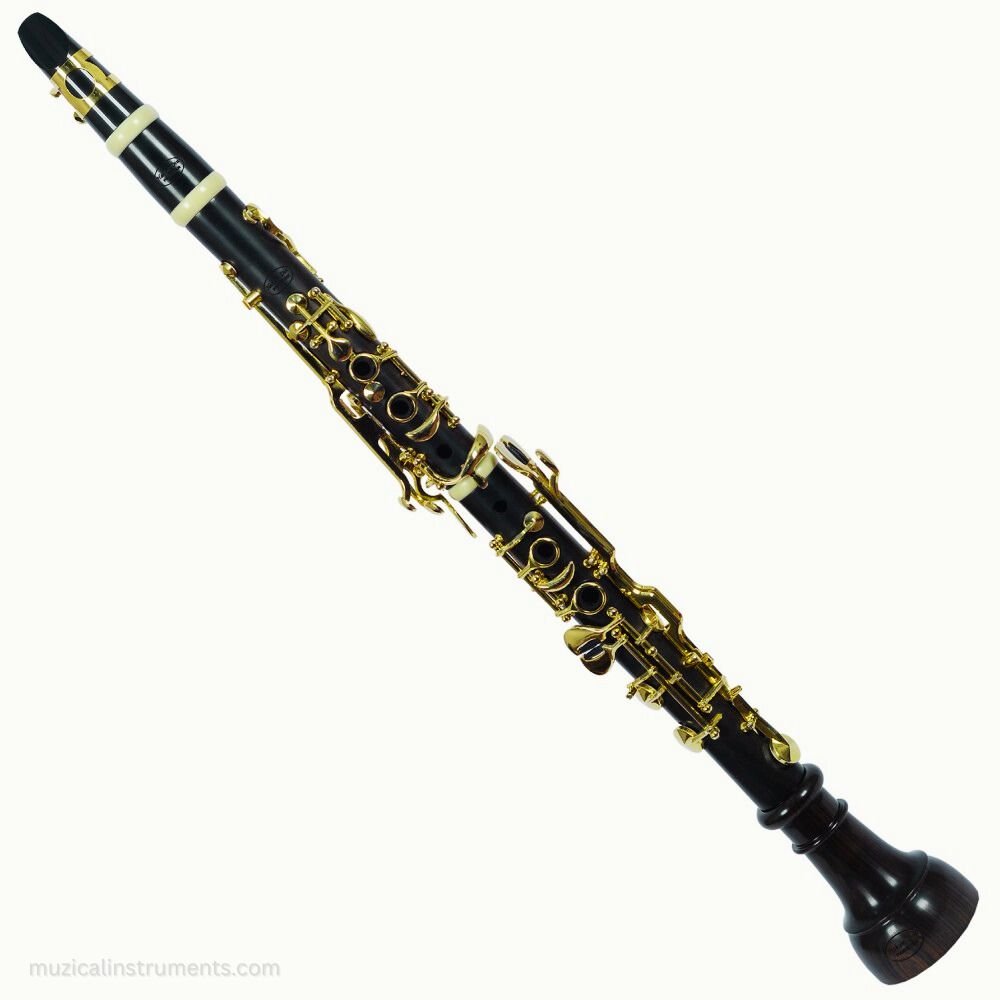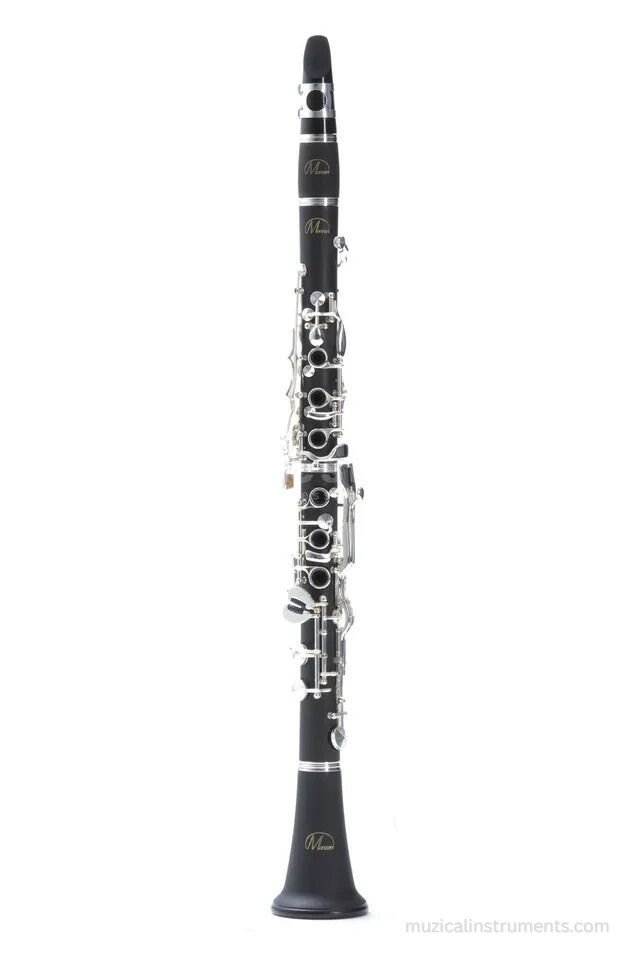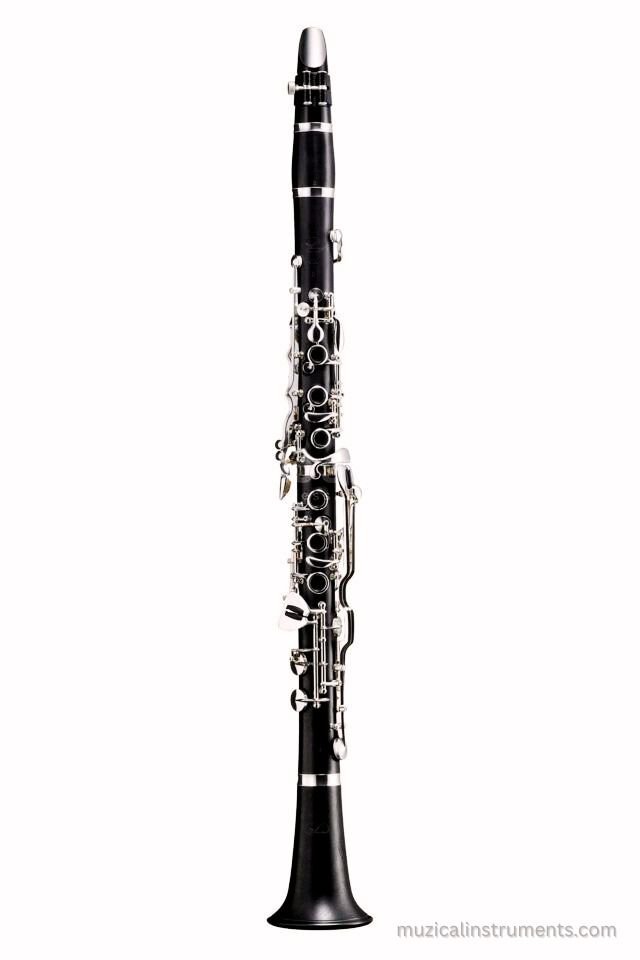Are Antique German Clarinets Still Good to Play?
Antique German clarinets are something special. These unique pieces are built with the Oehler system and strong grenadilla wood, still sound amazing today.
Some were even used by great players like Anton Stadler, who played music by Mozart over 200 years ago.
These clarinets are known for their deep, warm tone and extra keys, sometimes 22 or more. They feel different under your fingers. They were built to last.
But wait, age alone doesn’t tell you if it works. Cracked wood, loose keys, or sticky pads can hold it back. That’s why players send them to experts like The Vintage Clarinet Doctor. With the right care, even a dusty old horn can sing again.
Here, you’ll learn what makes your antique clarinet special, how to tell if it still plays, and what to do if it needs help. Whether you want to play it or protect it, you’re in the right place.
What Makes an Antique German Clarinet Special?
Not every old clarinet is the same. But an antique German clarinet has some clear signs that make it stand out.
First, look at the keys. If there are a lot, sometimes 22 or more, you’re likely holding a German Oehler system clarinet. This system has extra levers and long keys. Some even have tiny wooden rollers to help your fingers move fast.

Now check the wood. Most antique German clarinets are made from grenadilla wood. It’s dark, heavy, and strong. Older ones might be made from boxwood. That wood is lighter in color and cracks more easily if it’s dry.
You might also see a name or stamp on the clarinet. Look for names like Fritz Wurlitzer, Heckel, or Uebel. These makers built some of the best clarinets in Germany. If you find one of these, your clarinet may be rare and valuable.
Even the sound is different. A well-kept German clarinet has a deep, smooth tone. It’s not as bright as French ones. That’s why many players in German orchestras still use them today.
So before you toss your old clarinet in the closet, stop. It might be more than just old wood. It could be a real treasure.
How Does an Antique German Clarinet Sound?
The sound of an antique German clarinet is something special. It’s not bright or sharp. It’s warm, deep, and round. Some people say it feels like the sound is wrapping around you.
This comes from the Oehler system and the way German clarinets are built. They use thicker wood, more tone holes, and extra keys. This helps the notes sound smooth and dark. It’s different from the Boehm system, which has a clearer, brighter sound. Boehm clarinets are more common, but many players still prefer the rich voice of the Oehler.
This tone works great in classical music, chamber music, and quiet solos. That’s why these clarinets are still used in German and Austrian orchestras today.
Even back in the 1700s, Mozart loved the sound of the clarinet. He wrote his famous Clarinet Concerto for his friend Anton Stadler, who played on an early German-style instrument. That warm, singing tone inspired a whole new way of writing music for clarinet.
So if your old clarinet still plays, you’re not just hearing notes. You’re hearing history.
Can You Still Play an Antique German Clarinet?
So, you’ve checked the keys and the wood. Now it’s time to ask the big question: Can you actually play your antique German clarinet?
Start with a simple look-over. Hold it in your hands. Is the body cracked? Do any parts feel loose? If the wood is solid and the joints fit tight, that’s a great sign.
Now check the pads under the keys. These should be soft and full. If they look flat, dry, or crumbly, air might leak. And if air leaks, the sound won’t come out right.
Try the keys. Press them gently. Do they bounce back? Do they stick? On older clarinets, springs can rust or lose strength. But don’t worry, that’s something a repair expert can fix.
Also smell the clarinet. Strange, but helpful. A musty smell might mean mold. That’s a sign it hasn’t been played in a long time. You’ll need a deep clean before trying to play it.
Even if your antique German clarinet looks rough now, it may still be worth saving. Many players send theirs to a pro like The Vintage Clarinet Doctor for a full checkup and tune-up. After that, it could sound just as warm and beautiful as it did 80 or even 100 years ago.
How to Bring an Antique German Clarinet Back to Life
If your antique German clarinet doesn’t play right now, don’t worry. Many old clarinets just need a little care. The good news? Most problems can be fixed.
Start with the basics. Are the pads sealing? Are the corks tight? If not, they may need to be replaced. The same goes for sticky keys or weak springs. These parts wear down over time, even if the clarinet was barely used.
Next, look at the wood. Many antique German clarinets are made from grenadilla or boxwood. If the body feels dry or rough, it might need oiling. Never soak it, wood can crack. Let a woodwind repair expert handle that.
One trusted name is The Vintage Clarinet Doctor. Experts like this know how to work on old German models. They can clean the bore, replace worn parts, and fix cracks without changing the tone.
Repairs don’t have to cost a fortune. Light work may be around $100. Full restoration might go up to $500 or more, depending on age and damage. But many players say the tone is worth every penny.
Once fixed, your antique German clarinet could sound better than many new ones. It just needs someone like you to bring it back.
Repair Cost & Checklist Table
| Part/Issue | What to Look For | Possible Fix/Action | Cost Range |
|---|---|---|---|
| Pads | Dry, flat, or leaking air | Replace pads | $60–$120 |
| Corks | Loose joints or poor seal | Replace tenon corks | $40–$80 |
| Keys | Sticky, not springing back | Adjust or replace springs | $30–$100 |
| Cracks in Wood | Visible splits or warping | Fill/seal (pro repair) | $100–$300 |
| Full Restoration | Multiple issues | Full pro servicing | $200–$500+ |
Should You Play or Just Keep Your Antique German Clarinet?


You might be wondering, should you play your antique German clarinet, or keep it as a special piece?
Here’s a simple way to decide.
If the clarinet is in good shape, or you’ve had it restored, then yes, you can play it. Many musicians love the deep, smooth tone these older clarinets give. Some even say the sound is better than modern ones.
But if the clarinet has cracks, missing parts, or rare features, it might be best to protect it. Some antique models are worth more as collector’s items. Brands like Fritz Wurlitzer or Heckel can be very rare. Playing them every day could wear them down.
Also, think about the key system. Most antique German clarinets use the Oehler system. If you’re used to the Boehm system, it might feel confusing at first. That’s okay, it just takes practice.
Here’s a quick tip:
- Want to enjoy the sound? Restore and play it sometimes.
- Want to save it? Keep it clean, dry, and safe from damage.
Whatever you choose, your antique German clarinet still has value, either in music or memory.
Boehm vs. Oehler: What’s the Difference?
When you pick up an antique German clarinet, you’re likely holding an Oehler system instrument. But most newer clarinets today use the Boehm system. So what’s the big difference?
It starts with the keys.
The Boehm system has fewer keys and a simpler layout. It’s easier to learn for many beginners. That’s why it’s the standard in the U.S., France, and lots of other places.
The Oehler system, found on most German clarinets, has more keys, sometimes 22 or more. These extra keys help smooth out tricky finger changes. They also help shape that deep, rich sound German clarinets are known for.
You’ll feel the difference too. Oehler clarinets usually feel heavier. The keys are closer together. If you’ve only played Boehm before, switching can take time.
But here’s the cool part: that complex system is one reason an antique German clarinet sounds so warm and full. It’s great for classical and chamber music, where every soft note matters.
So which one is better? That depends on you.
If you love that dark, rounded tone, the Oehler system might be your perfect match, even if it takes a little more work to master.
Boehm vs. Oehler System
| Feature | Boehm System | Oehler System (German) |
|---|---|---|
| Key Layout | Fewer keys, simpler | More keys, more complex |
| Sound | Bright, clear | Dark, warm, rounded |
| Common In | USA, UK, France | Germany, Austria |
| Used In | Jazz, pop, general classical | Classical, solo, orchestras |
| Easier for Beginners? | Yes | Takes time to learn |
To understand how these antique German clarinets compare with today’s models, check out our detailed guide on German vs French clarinets.
Famous Music and Players Who Used the German Clarinet
Your antique German clarinet holds more than wood and keys, it holds a piece of music history.
One of the most famous works ever written for the clarinet is Mozart’s Clarinet Concerto in A major (K.622). Mozart didn’t write this for a Boehm clarinet. He wrote it for his friend Anton Stadler, who played on an early German-style instrument. That rich, mellow sound? It came from something a lot like your antique clarinet.
Later, in the 1800s, more big names followed. Johannes Brahms and Robert Schumann wrote beautiful pieces for the German clarinet. They loved its warm tone. It matched their deep, emotional music.
Even today, many German and Austrian orchestras still use the Oehler system. Players say no modern model can copy that dark, singing voice. That’s why the German clarinet, even an antique one, never really went out of style.So when you hold an antique German clarinet, you’re not just holding an old instrument. You’re holding the sound that shaped centuries of music.
FAQ: Antique German Clarinets
1. Is my antique German clarinet still playable?
Yes, it might be! Many old German clarinets were made with great care. If the wood is not cracked and the keys still move, it could work again with some repair. A woodwind technician can check it for you.
2. How can I tell if my clarinet is German or Boehm?
Look at the key system. German clarinets often use the Oehler system, which has more keys and a different shape than the Boehm model. Also, many German models were made from grenadilla wood and have a darker tone.
3. Is an antique German clarinet valuable?
It depends. Some brands, like Fritz Wurlitzer or Hammerschmidt, are rare and collectible. If it’s in good shape or can be fixed, it may be worth a lot to players or collectors.
4. What kind of music is it best for?
Antique German clarinets sound warm and dark. They work great for classical music, solo playing, or chamber music. Pieces by Mozart, Brahms, and Schumann were often written with this sound in mind.
5. Can I use it in modern bands or orchestras?
You can, but it might feel different if you’re used to a Boehm clarinet. German clarinets are still used in many German and Austrian orchestras today, just be ready for a new feel and sound.
6. Should I restore it or keep it as a display piece?
If it plays well or has rare features, restore it. If it’s cracked or too damaged, it might be better as a display. Either way, your antique German clarinet still has value, either as an instrument or a beautiful piece of history.
Final Thoughts: Is Your Antique German Clarinet Worth It?
Let’s be honest, antique German clarinet is not just an instrument. It’s a voice. A small piece of music history.
Your antique German clarinet might look dusty. Maybe the keys stick. Maybe the sound is gone. But that doesn’t mean it’s useless. In fact, it might be the best thing you own.
You’ve seen how names like Mozart and Stadler played clarinets like yours. You’ve read how the Oehler system makes that soft, dark sound. And you now know why German orchestras still choose these instruments, even after all these years.
So here’s the truth: if your clarinet feels special to you, it is.Play it. Save it. But most of all, respect it.
It made music before you. And with a little care, it still can.
